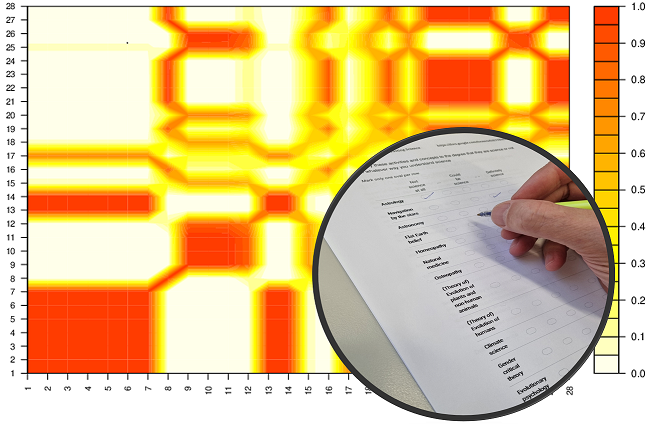Improving the predictive power of survey data

Surveys provide critical population data that can be used to inform decisions in business, policy, healthcare and beyond. Associate Professor Ivy Liu and Professor Richard Arnold, both from Te Herenga Waka—Victoria University of Wellington, will develop new statistical methods for analysing surveys and extrapolating findings to the wider population
Published on 7 Whiringa-ā-rangi November 2024
Surveys are everywhere in modern life, from medicine to marketing - but the data we get from them are surprisingly difficult to work with. Surveys typically collect a range of different data types. For example, a medical survey might ask patients to record their height and weight (continuous data), age (ordinal data), and smoking status (binary or yes/no data), among other things. One of the most useful ways to analyse survey data is by sorting respondents into different groups (such as low or high disease risk) based on patterns in their responses, but this is statistically challenging when responses include different data types. It is also difficult to predict which of these groups someone falls into based on only partial data. Is there a way we can get more out of our survey data to make more informed policy and management decisions?
Associate Professor Liu and Professor Arnold have received a Marsden Fund Standard grant to address the statistical challenges of analysing mixed-data survey responses. They will create new general likelihood-based clustering methods to identify groups of survey respondents with similar response patterns. They will also build a model to extrapolate the findings of mixed-data surveys to the wider population. Specifically, this model will use limited data from another source (for example, basic demographic data from GP visits) to predict which group a non-surveyed individual would fall into (for example, low or high disease risk).
By generating new methods for interpreting and extrapolating the results of mixed-data surveys, this research has potential to improve decision-making in areas like public policy, marketing, psychology and medicine.

Survey respondents and survey questions are simultaneously grouped into clusters showing different response patterns (image supplied)
